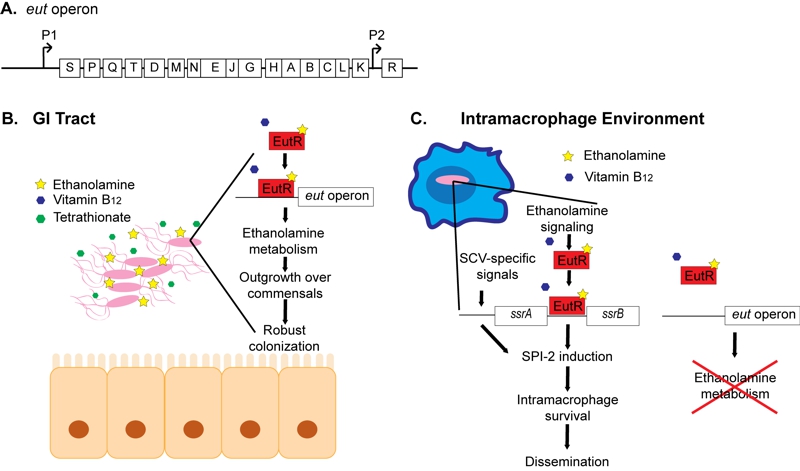FIGURE 1: Salmonella senses ethanolamine through EutR to recognize the changing host environment and direct metabolism and then virulence.
(A) Schematic of the eut operon.
(B) In the GI tract, Salmonella – induced inflammation releases the electron acceptor tetrathionate. Here, EutR promotes expression of the eut operon, which enables Salmonella to outgrow the resident microbiota and establish infection.
(C) Within macrophages, Salmonella relies on ethanolamine signaling through EutR, in conjunction with SCV-containing signals, to induce robust expression of SPI-2. This results in increased intracellular survival and subsequent dissemination. In macrophages, ethanolamine metabolism does not provide a growth advantage, and expression of the eut operon is not induced.

